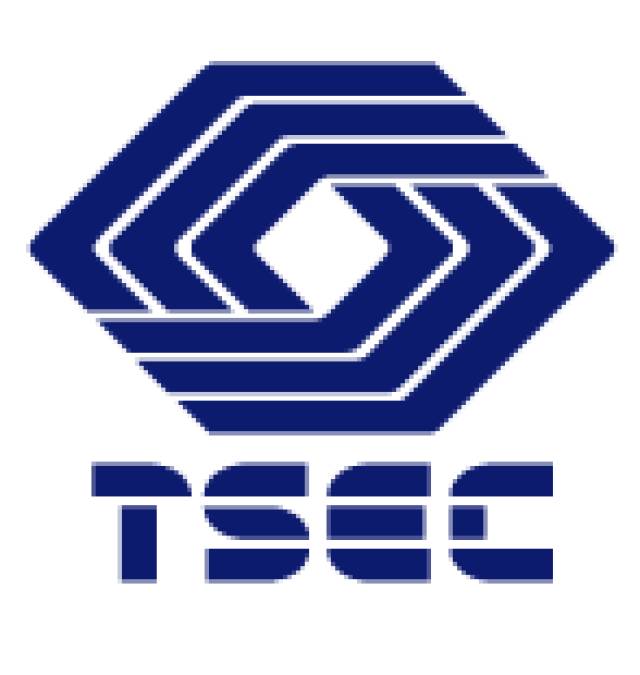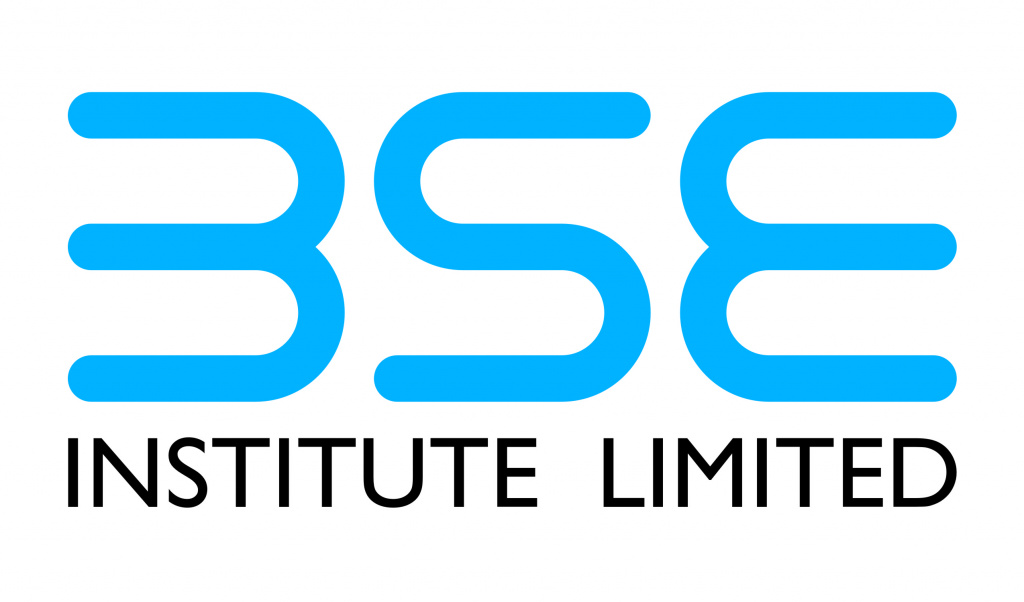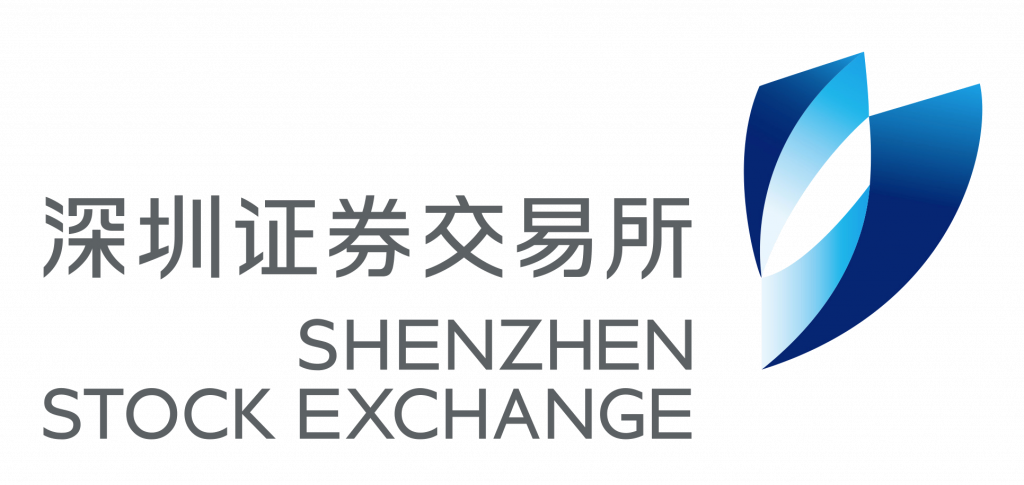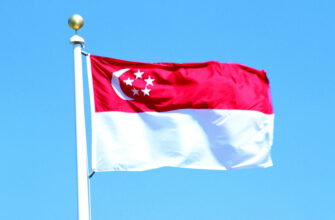Review of the best according to the editorial board. On the selection criteria. This material is subjective, does not constitute advertising and does not serve as a purchase guide. Before buying, you need to consult with a specialist.
Almost the entire modern economy is based on stock exchanges. The days when money was backed by 'hard' assets like gold or wheat reserves are hundreds of years ago. Today, the economy is based on contracts (including futures), labor, information and a huge network of obligations presented by some companies to others.
In addition, the basis of the modern economy is the securities market. While the company's shares are of interest to brokers and investors, the organization works for profit and is able to stay on the market. If these securities lose demand, the company will soon be forgotten.
For trading in securities, stock exchanges work. This is a space, a financial institution, where traders and investors enter into economic contracts: they buy and sell stocks, futures, bonds, resources and precious metals. And the state of the economy depends on the state of stock exchanges.
Therefore, in this article, we decided to talk about the largest stock exchanges in the world, sorting them by market capitalization. Moscow, unfortunately, was not included in the rating.
- Rating of the largest stock exchanges in the world
- 10th place: Taiwan Stock Exchange, Taiwan, $ 1.0 trillion
- 9th place: Deutsche Börse, Germany, $ 1.8 trillion
- 8th place: Bombay Stock Exchange (BSE), India, $ 2.2 trillion
- 7th place: TMX Group, Canada, $ 2.2 trillion
- 6th place: Shenzhen Stock Exchange (SZSE), China, $ 3.3 trillion
- 5th place: Euronext, European Union, $ 4.3 trillion
- 4th place: Hong Kong Stock Exchange (HKSE), Hong Kong, $ 4.3 trillion
- 3rd place: Shanghai Stock Exchange (SSE), China, $ 5.0 trillion
- 2nd place: NASDAQ, USA, $ 11.2 trillion
- 1st place: New York Stock Exchange (NYSE), USA, $ 23.2 trillion
Rating of the largest stock exchanges in the world
| Nomination | a place | Stock exchange | Market capitalization |
| The largest stock exchanges in the world | 10 | Taiwan Stock Exchange, Taiwan | 1,0 TRLN. $ |
| 9 | Deutsche Börse, Germany | 2.0 TRLN. $ | |
| 8 | Bombay Stock Exchange (BSE), India | 2.2 TRLN. $ | |
| 7 | TMX Group, Canada | 2.2 TRLN. $ | |
| 6 | Shenzhen Stock Exchange (SZSE), China | 3.3 TRLN. $ | |
| 5 | Euronext, European Union | 4.3 TRLN. $ | |
| 4 | Hong Kong Stock Exchange (HKSE), Hong Kong | 4.3 TRLN. $ | |
| 3 | Shanghai Stock Exchange (SSE), China, | 5.0 TRLN. $ | |
| 2 | NASDAQ, USA | 11.2 TRLN. $ | |
| 1 | New York Stock Exchange (NYSE), USA | 23.2 TRLN. $ |
10th place: Taiwan Stock Exchange, Taiwan, $ 1.0 trillion
Rating: 4.1

The Taiwan Stock Exchange (TSEC) is one of the largest and most influential securities markets in Asia. However, it trades stocks and derivatives linked exclusively to local companies. TSEC has been operating since 1962 and is under the full control of the state – the Taiwan Securities Commission.
Trading on TSEC is conducted in local currency – the new Taiwan dollar. The listing of the site includes about 1000 local companies. One of the interesting features of the platform is the publication of pre-trading indices. Every day, 1-1.5 hours before the start of work, the site disseminates information on the value and listing of shares that will be bought and sold during the working day. Then there are almost 5 hours of active trading. And at 14:00 local time, the organization's activities cease with the simultaneous publication of fixed prices. They will be used to buy and sell shares until the end of the working day.
TAIEX's own trading index is a weighted average and covers the status of all listed companies.
9th place: Deutsche Börse, Germany, $ 1.8 trillion
Rating: 4.2

Deutsche Börse is the largest German stock exchange, spread far beyond the borders of the country. The central office of the joint-stock company – it is in this form it exists – is located in Frankfurt am Main, however, there are separate divisions in almost all major world economic capitals, including London, New York and Moscow.
Deutsche Börse has a complex structure that includes several financial institutions at once to fully organize trading. Thus, the direct sale and purchase of assets are carried out on the Frankfurt Stock Exchange. But derivatives (derivatives of various kinds) are traded on Eurex. Also, Deutsche Börse includes the Luxembourg-based company Clearstream, whose task is settlement, clearing and deposit. And finally, the site has many subsidiaries to work with private investors.
Despite its size and prevalence, Deutsche Börse's listing is quite small – it includes several hundred of the largest companies in Europe. Average daily turnover also lags behind other stock markets in terms of volume. This is partly due to the high stability of the value of the shares of companies traded on this platform.
8th place: Bombay Stock Exchange (BSE), India, $ 2.2 trillion
Rating: 4.3

The Bombay Stock Exchange is the oldest securities market in India and all of Asia, but not the largest in terms of capitalization. It was first discovered during the British Empire, in 1875. Trading began under a banyan tree – brokers gathered under its spreading crown and began to offer each other securities.
Despite its rich history, the Bombay Stock Exchange did not have an official status until 2005, being a simple association of individuals. Only later did it become a full-fledged corporation.
Listing on the Bombay Stock Exchange has more than 5 thousand companies that issue over 8 thousand types of securities. The market capitalization of the platform is $ 2.2 trillion. The site also has its own BSE-100 index, which describes the 100 largest companies in India, represented in all national markets.
Now the Bombay Stock Exchange is actively competing with the National Indian. The latter offers a larger trading volume thanks to electronic systems and other progressive innovations, however, BSE is still in the lead in terms of company capitalization.
7th place: TMX Group, Canada, $ 2.2 trillion
Rating: 4.4

TMX Group is one of the largest financial companies in North America. Located in Canada, it includes several stock exchanges at once, including those listed in Toronto and Montreal. The largest of these is TSX, Toronto Stock Exchange.
TSX, in turn, consists of the 'main' and 'venture' stock exchanges. The second offers a public stock market. The TMX Group also includes a platform that trades electricity and natural gas supplies throughout North America. All this allows TMX Group to cover almost every aspect of financial trading – from commodities to derivatives.
Interestingly, TMX Group has been increasingly launching raw materials initiatives in recent years. For example, in 2015, it launched AgriClear, an online livestock trading platform.
In the late 2000s, it was planned to merge the Canadian TMX Group and the London Stock Exchange. But it never happened. In 2013, the merger project was finally canceled, as representatives of the London stock market reported that 2/3 of investors were against such a merger of platforms.
6th place: Shenzhen Stock Exchange (SZSE), China, $ 3.3 trillion
Rating: 4.5

China is currently the world's economic and manufacturing center. Therefore, the stock exchanges located in this country are one of the largest in the world. And one of the most important is Shenzhen, with a market capitalization of $ 3.3 trillion.
One of the most important features of the SZSE is the division of shares into two groups – A and B. The first includes securities issued by domestic Chinese companies. To ensure the stability of the national economy and independence from foreign exchange rates, they are traded exclusively for the yuan, and only residents of the country can take part in the sale or purchase.
Category B shares are intended for non-residents of China and are traded in Hong Kong dollars. The sale and purchase of these securities is carried out without restrictions in terms of quantity and value.
Despite 'stable' restrictions, the Shenzhen Stock Exchange is tightly controlled by the Chinese government. For example, the country's leadership has the right to suspend trading in case of any emergencies. One of them happened in May 2003, when the platform stopped its activity for more than 7 days due to the SARS epidemic.
5th place: Euronext, European Union, $ 4.3 trillion
Rating: 4.6

Euronext NV is the largest stock exchange in Europe with a huge number of financial markets. In addition to the platform itself for trading stocks and derivatives, it also offers clearing services and is a provider of financial information for partner corporations.
Euronext is one of the youngest stock exchanges in the ranking. It was opened in 2000 at the initiative of the leadership of the Paris Securities Market. To create Euronext, the stock exchanges of Paris, Amsterdam and Brussels merged, and later it was possible to join the London association LIFFE.
The site also has its own stock index – Euronext 100. It is collected from the shares of the 100 largest companies whose shares are traded on this site. This index reflects the state of the European economy, and the list of corporations is revised every three months. To be included in the index, a corporation is required to comply with a huge number of requirements and rules.
4th place: Hong Kong Stock Exchange (HKSE), Hong Kong, $ 4.3 trillion
Rating: 4.7

The Hong Kong Stock Exchange is the largest securities market in Hong Kong and has experienced many government and social changes. It was founded back in 1866, but acquired official status about 50 years later.
The history of HKSE spans several 'dramatic' periods. For example, in the middle of the last century, there were four stock exchanges in Hong Kong at once, which is why the region's foreign economic activity developed extremely unevenly. As a result, in 1980, another financial company had to be created, whose task is to unite all these organizations. By the early 1990s, it was possible to introduce several automated systems that significantly improved trading procedures.
After that, Hong Kong's foreign economic activity began to take off. The region, which receives a large amount of investment from abroad, has been able to develop rapidly and become incredibly modern. Of course, not everything went smoothly – for example, in 1997, due to the Asian economic crisis, the HKSE indices sank by more than 10%, but quickly recovered. And as a result, the organization now even owns the London Metal Exchange – one of the world's largest trading floors, covering the purchase and sale of black, non-ferrous and precious raw materials.
Today the capitalization of the Hong Kong Stock Exchange is $ 4.3 trillion.
3rd place: Shanghai Stock Exchange (SSE), China, $ 5.0 trillion
Rating: 4.8

The Shanghai Stock Exchange is the largest securities market in mainland China and one of the most important in Asia as a whole. The organizational form is a non-profit company with tight government control.
As in Shenzhen, there are two types of securities traded in Shanghai: A and B. A shares are intended exclusively for large investors who are residents of China. These assets are traded in yuan. B-shares are intended for non-residents of China and other foreign investors. Buying and selling is carried out in US dollars and has no restrictions either in quantity or in volume.
Since 2014, the Shanghai Stock Exchange has been closely associated with the Hong Kong Stock Exchange. SSE resident companies can sell their shares on HKSE through 'local' brokers. Listing of the 'United Exchange' includes more than 500 of the largest corporations in China.
SSE has its own stock index called the SSE Composite. It reflects the state of all companies that are represented in this market. And the second SSE 50 index demonstrates the liquidity and stability of blue-chip stocks – the largest listed corporations.
2nd place: NASDAQ, USA, $ 11.2 trillion
Rating: 4.9

NASDAQ ('Nasdak') is a specialized American stock exchange where the shares of the largest high-tech companies are traded. The listing includes corporations specializing in the production of electronic equipment, software and similar solutions.
Nasdak appeared in the early 1960s with the development of computer technology. Initially, it was not a full-fledged stock market, but simply an informational 'bulletin board' with a broadcast of the average quotes of OTC companies. But then order execution was added to the platform's functionality – and after that, full-fledged trading began.
Today Nasdak consists of two main stock markets – National and Small cap. The first is attended by the largest US technology companies, and the listing has more than 4,000 types of shares. The Small Cap market includes startups and other small-cap organizations. Its listing includes about 1000 types of securities.
The most important feature of Nasdak is sectoral indices, which show the state of each separate economic trend. For example, there are indices of companies in the banking sector, medical, software, financial, industrial, insurance, telecommunications, and so on.
1st place: New York Stock Exchange (NYSE), USA, $ 23.2 trillion
Rating: 5.0

The New York Stock Exchange is the world's largest stock market in terms of average daily turnover. It is so large-scale, comprehensive and in demand that it is a real symbol of the US economic might. The results of trading on the NYSE determine the state of companies not only in the country, but throughout the world.
Actually, the world-famous Dow Jones index, which reflects the economic state of American industry, is determined precisely on this site. There are also technological and general indices.
The history of the NYSE begins in 1792. It was then that 24 New York brokers, hitherto working in coffee shops and simply on benches under the crowns of trees, signed the so-called 'Sycamore Agreement'. Initially, only the shares of a New York bank were presented on the site, and then various industrial companies were added to the listing.
Today the NYSE is listed with over 4,100 companies. Shares and various securities are quoted.
Attention! This rating is subjective and does not constitute an advertisement and does not serve as a purchase guide. Before buying, you need to consult with a specialist.








